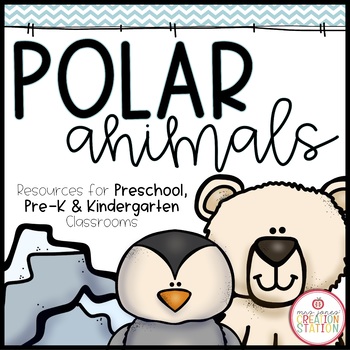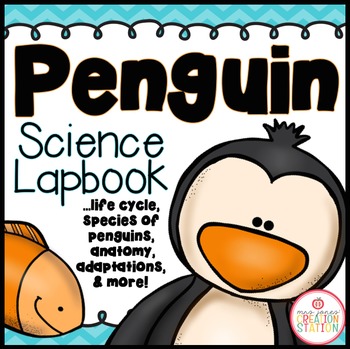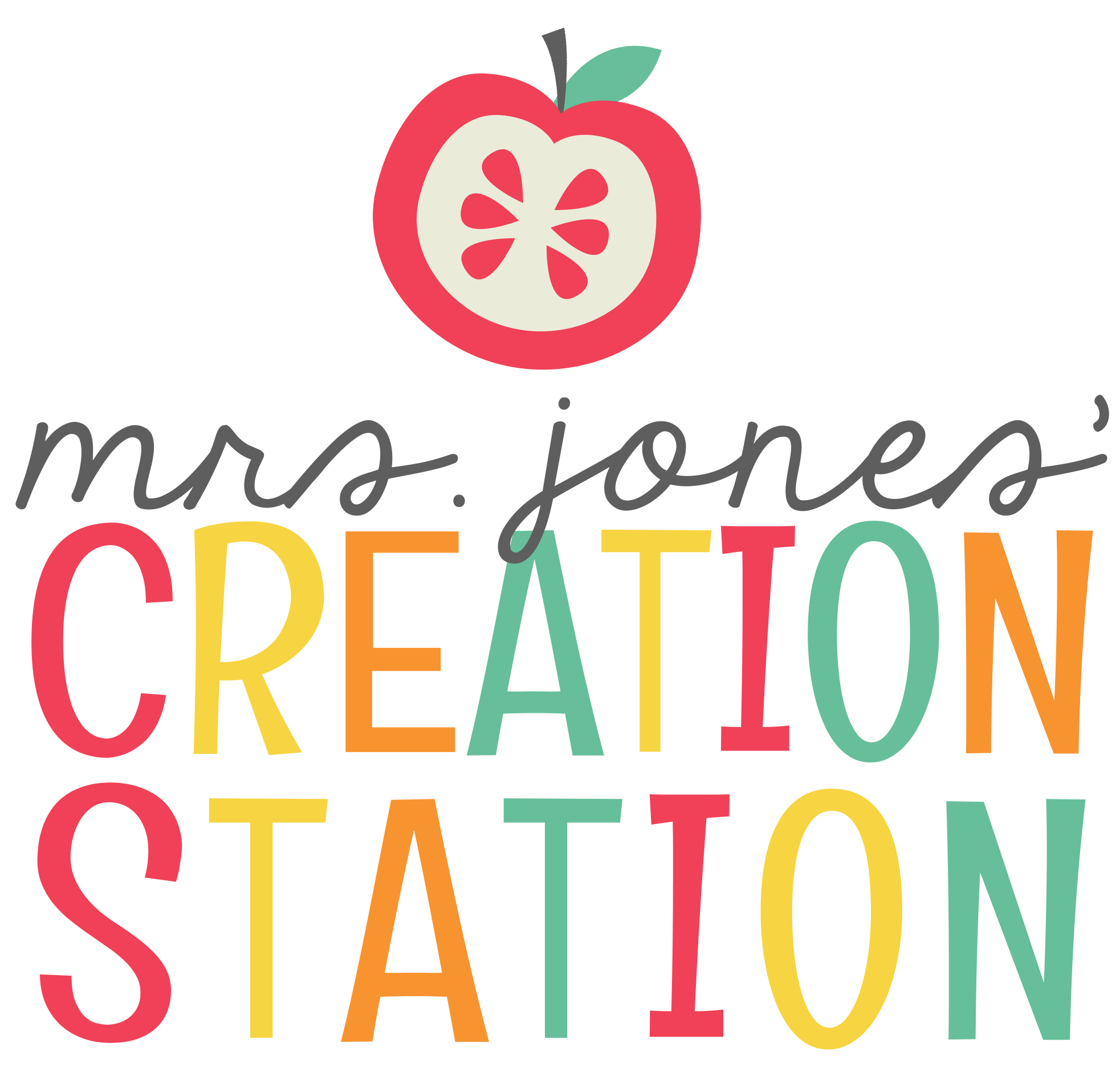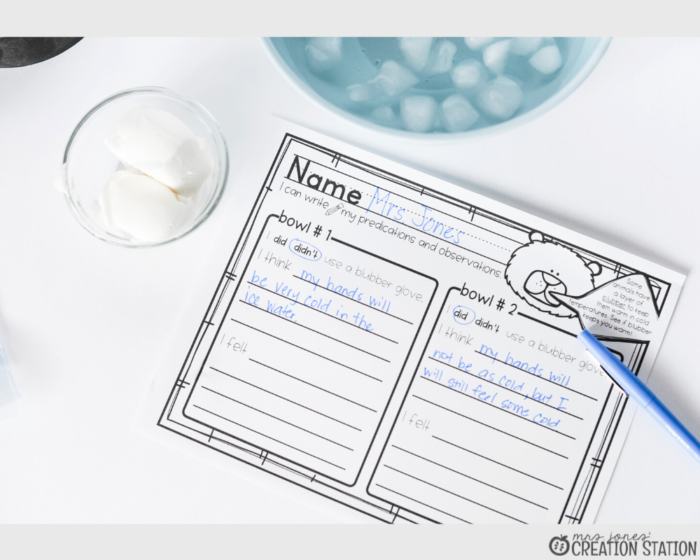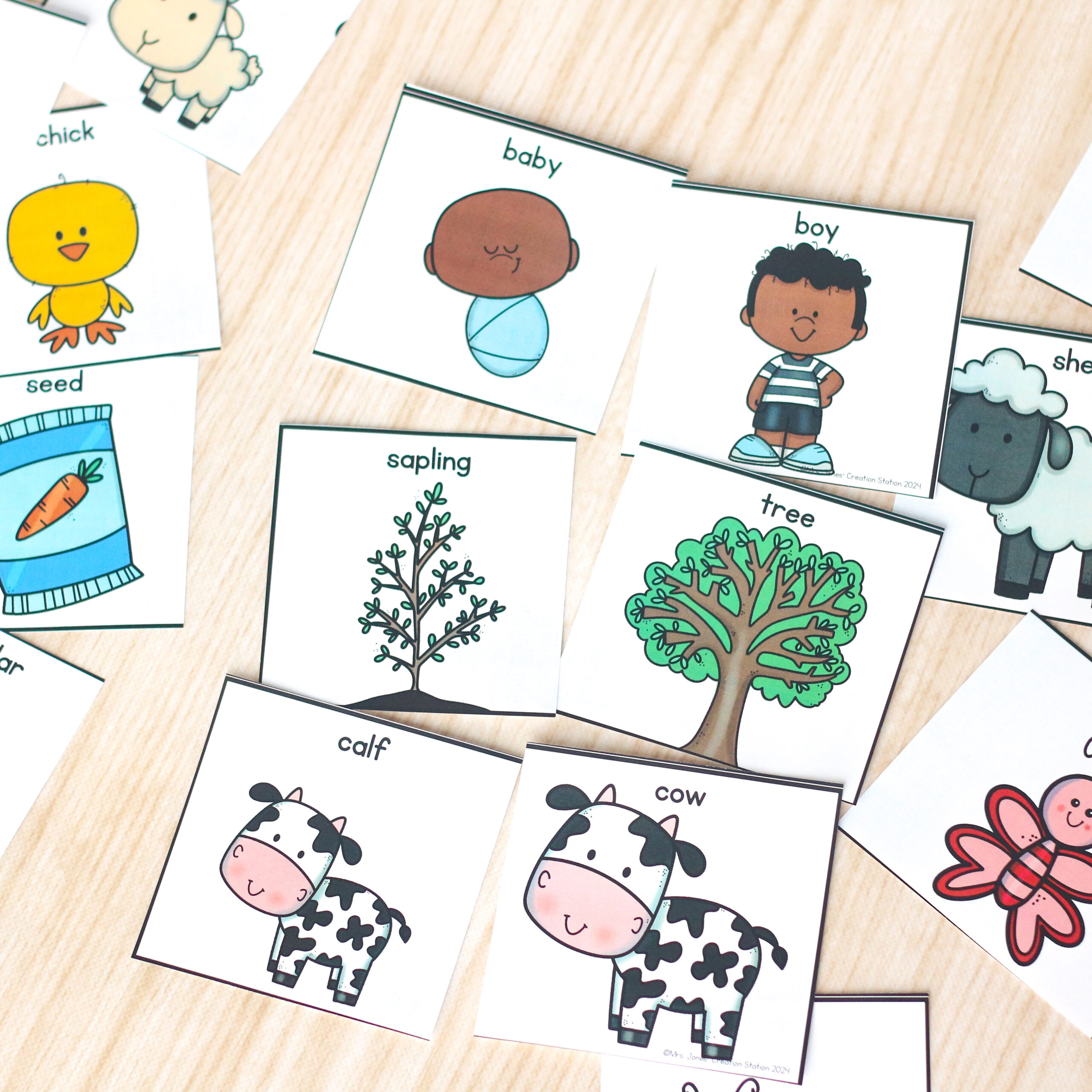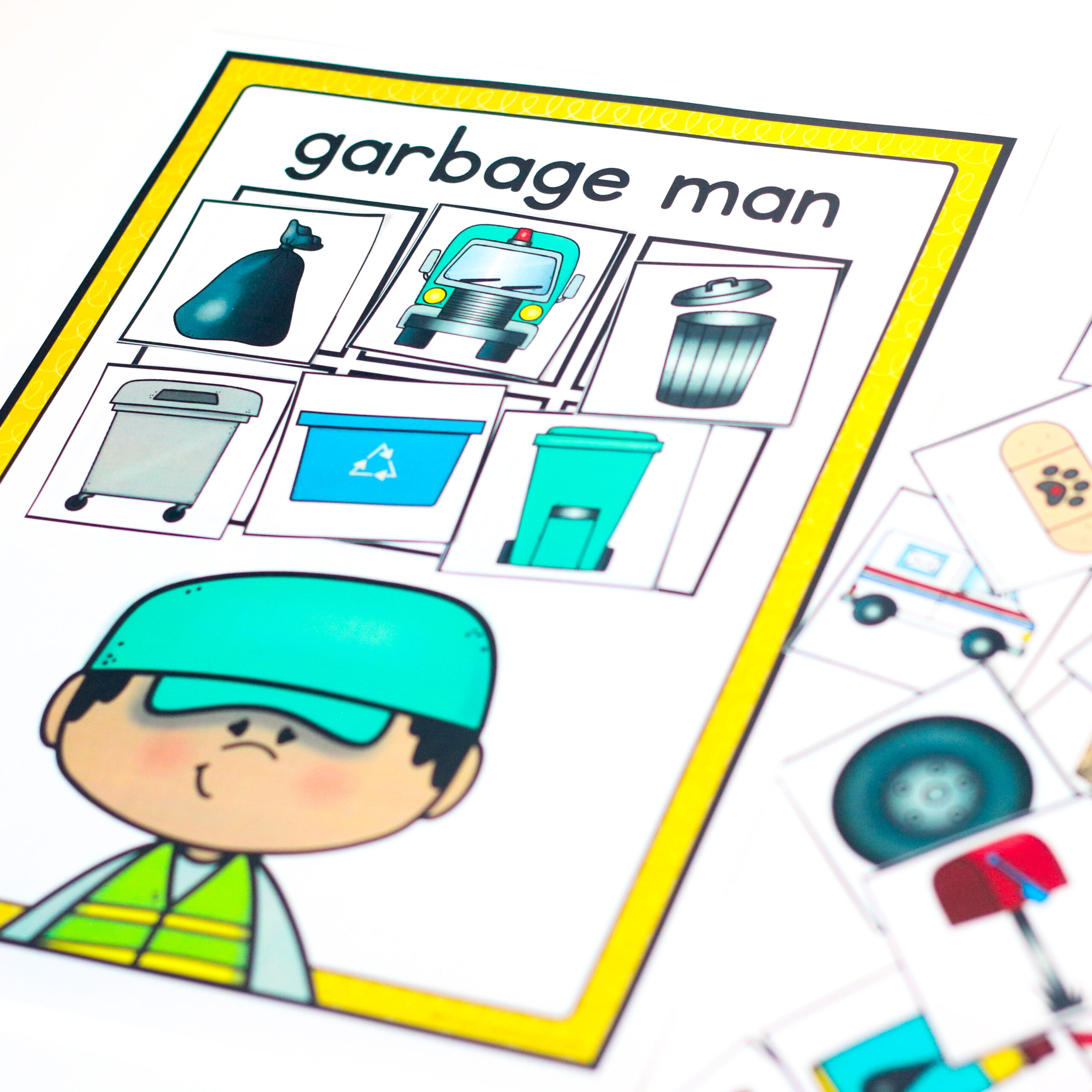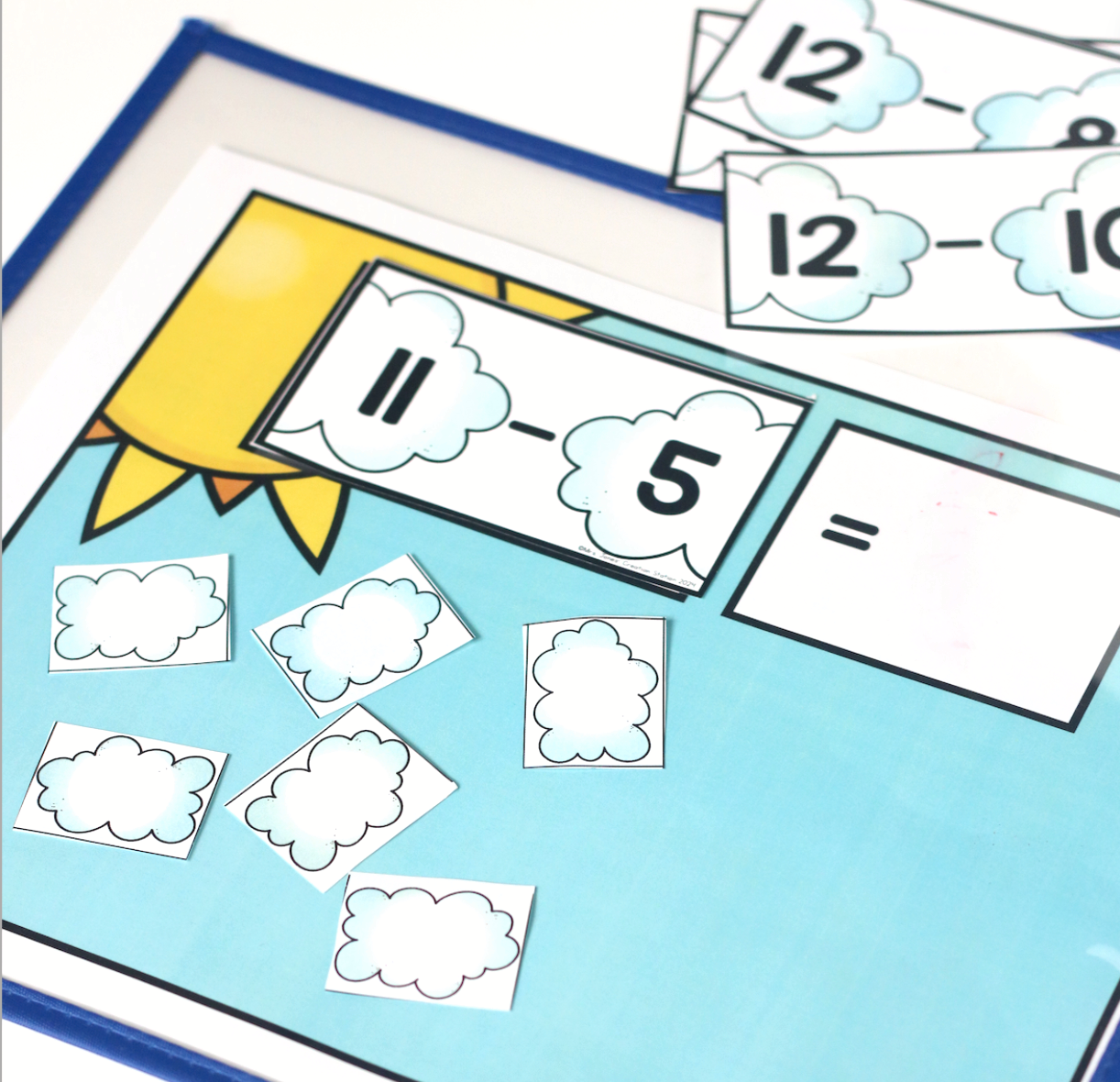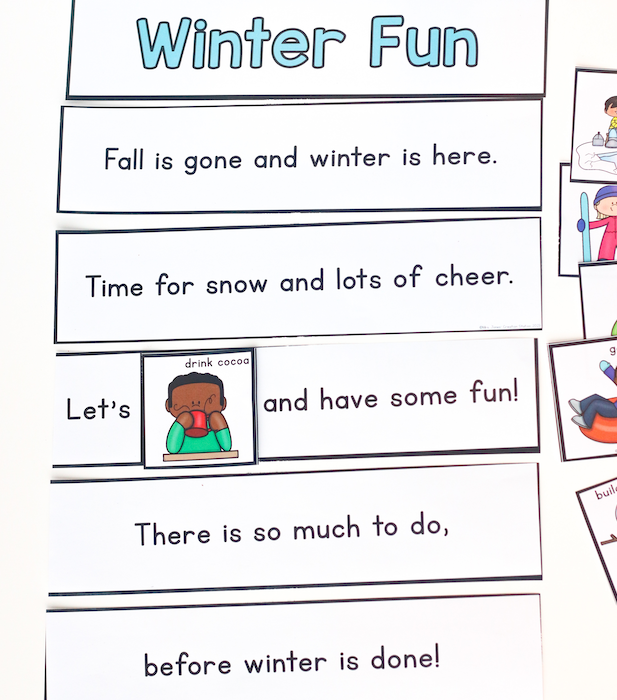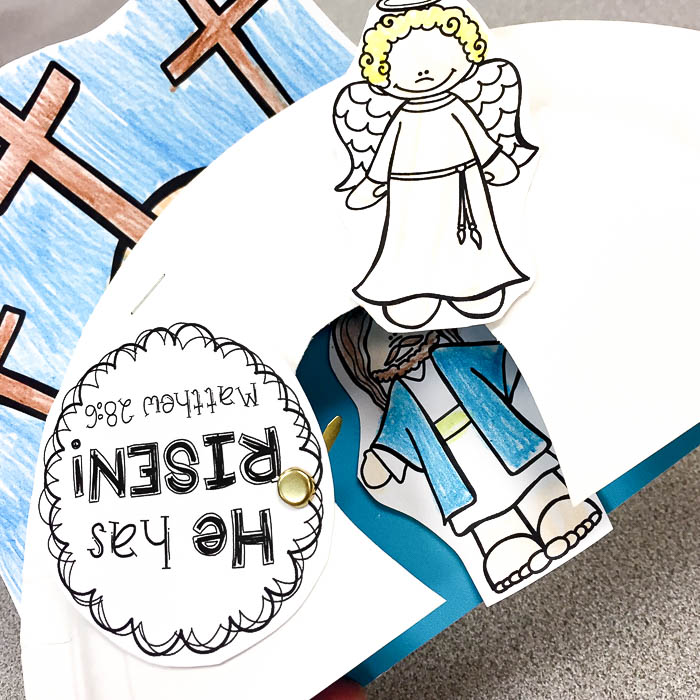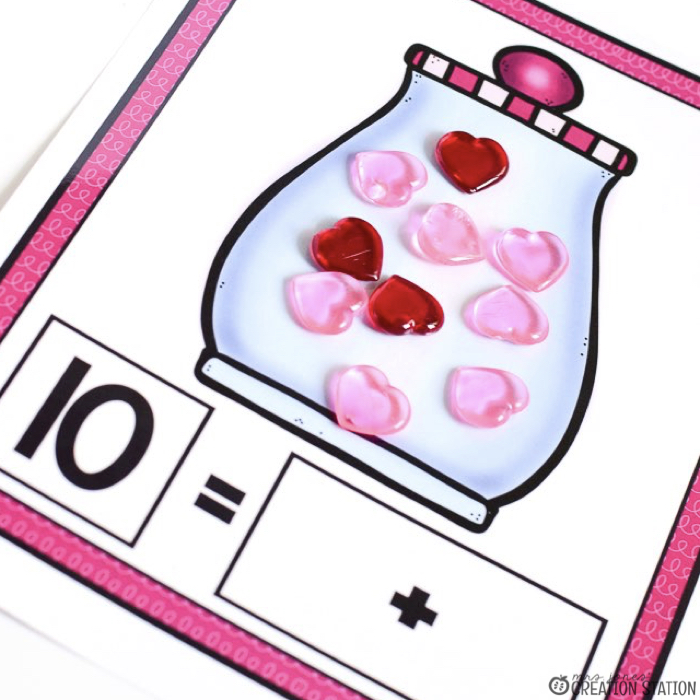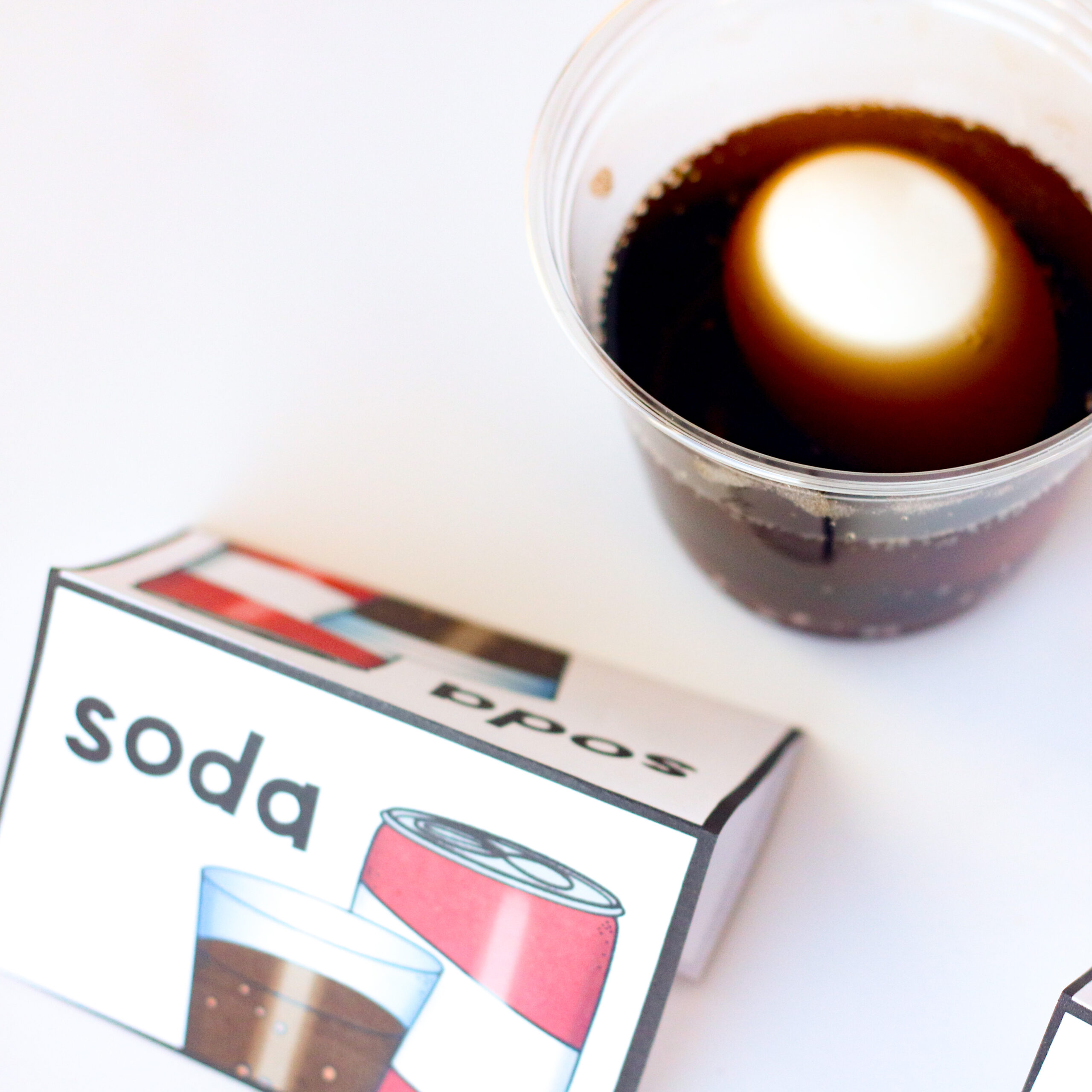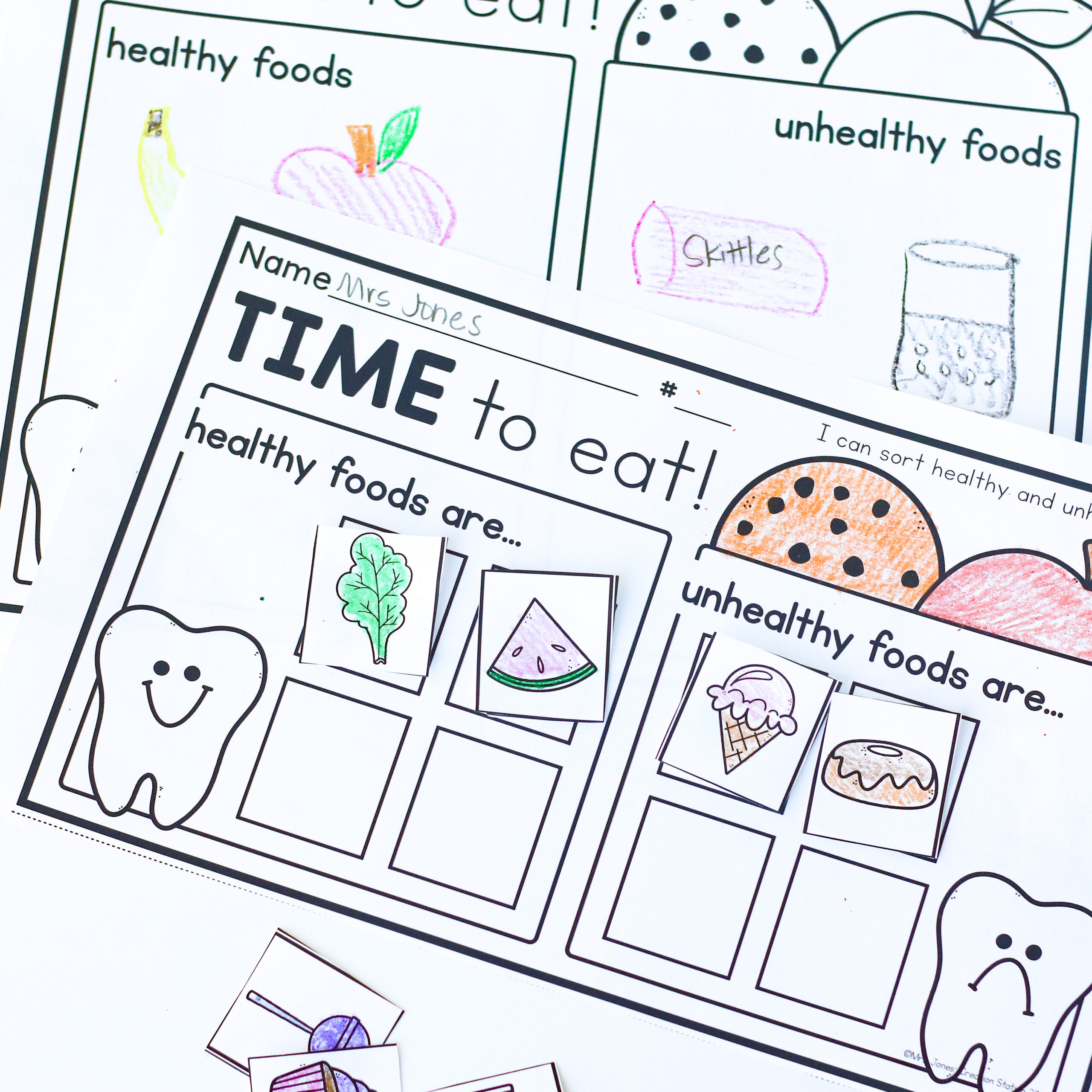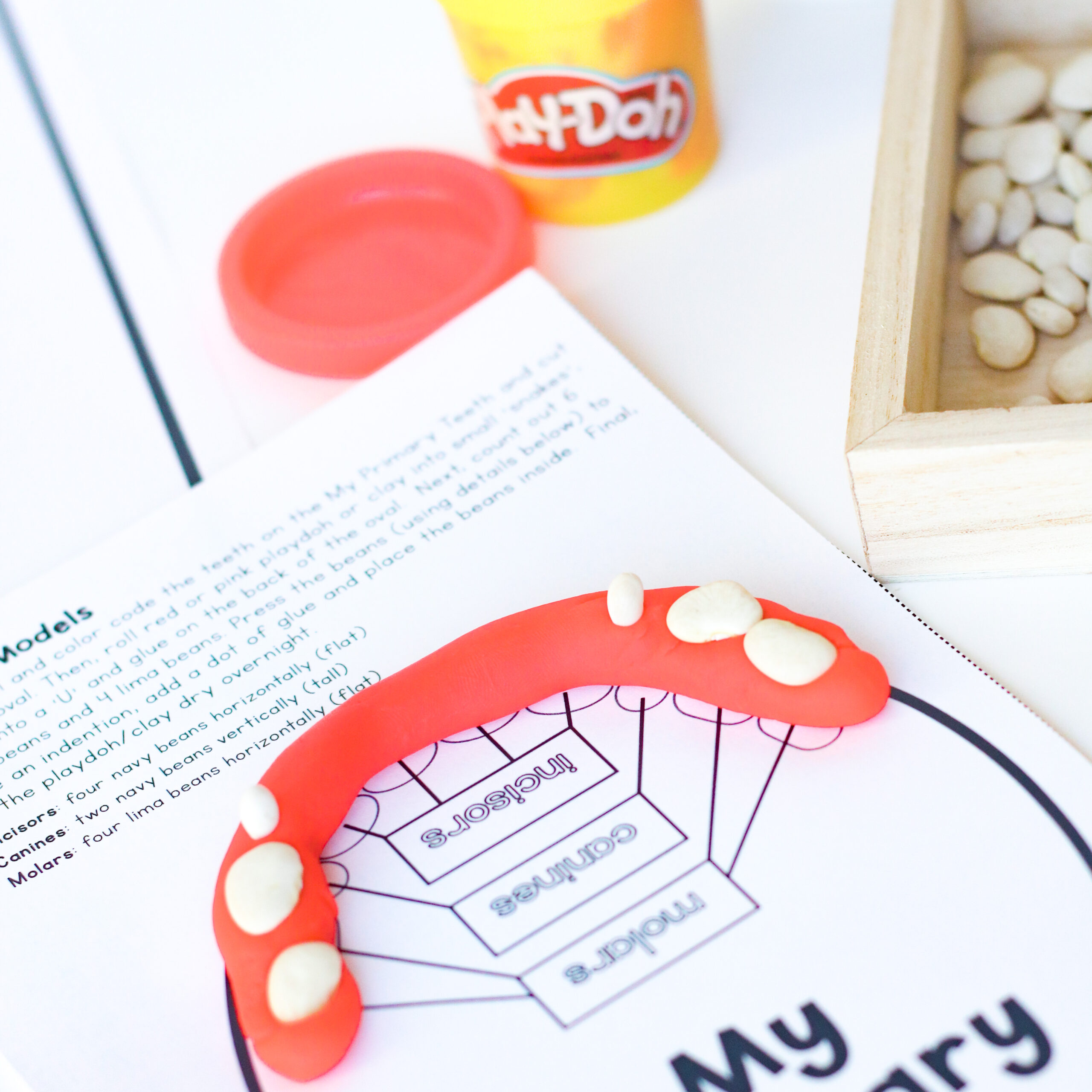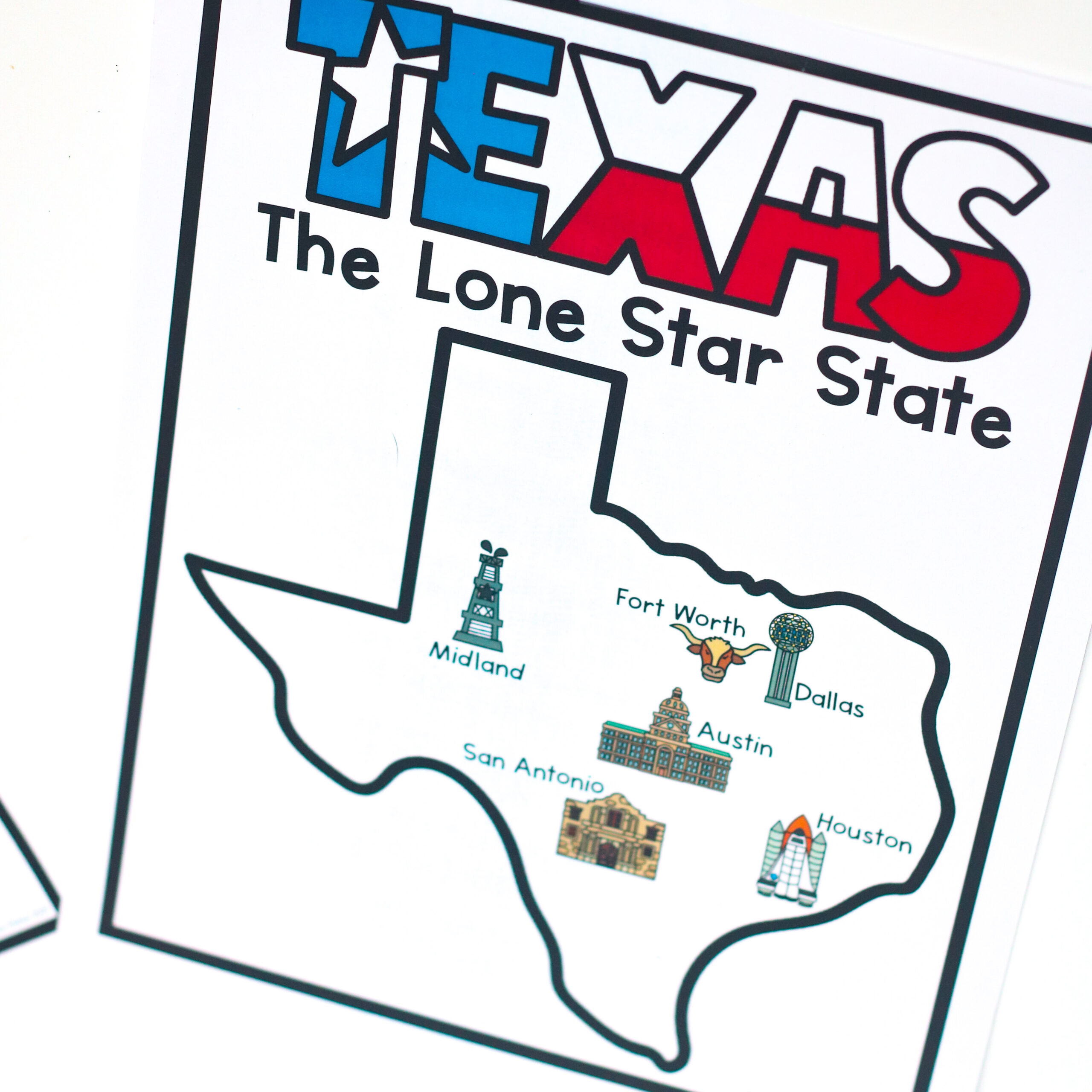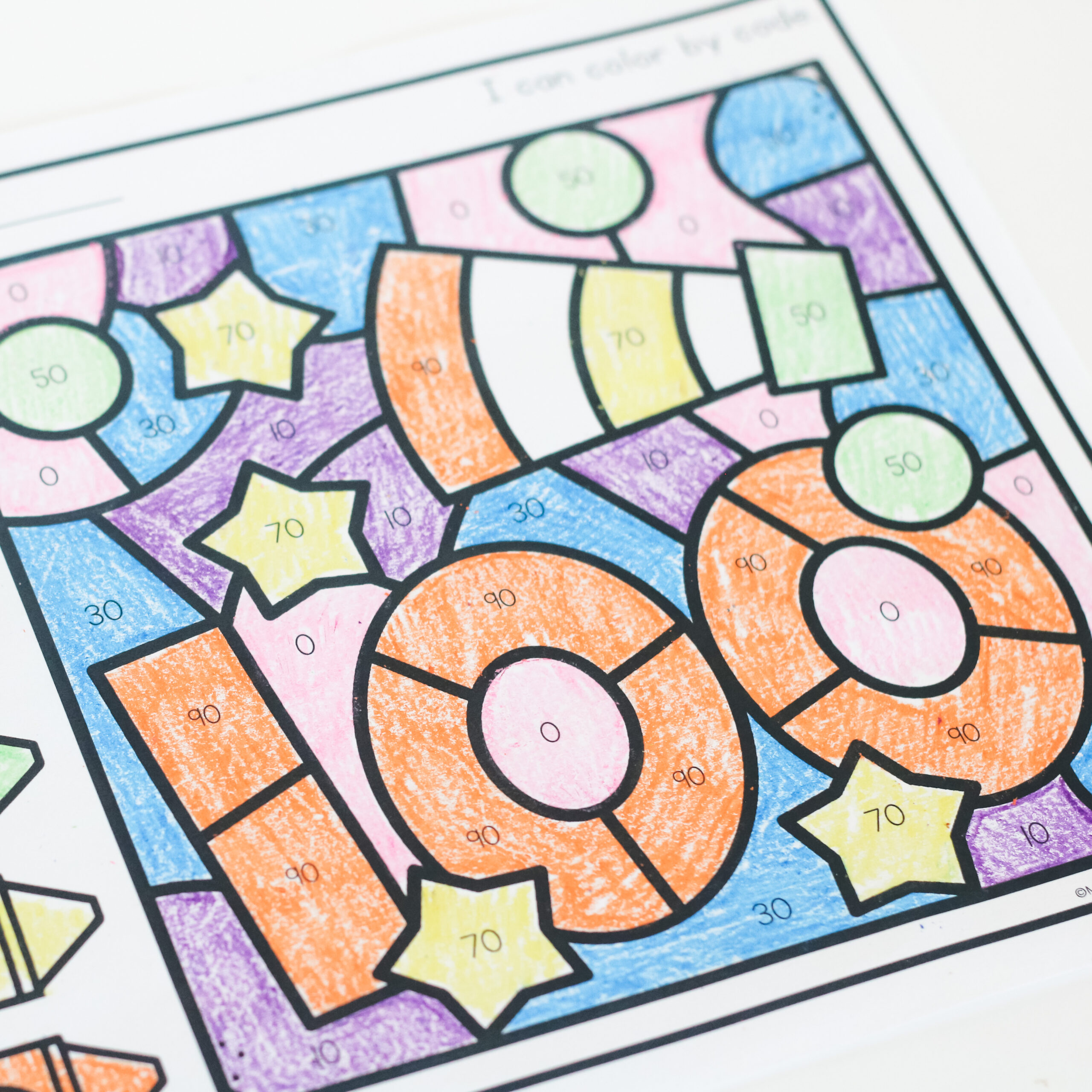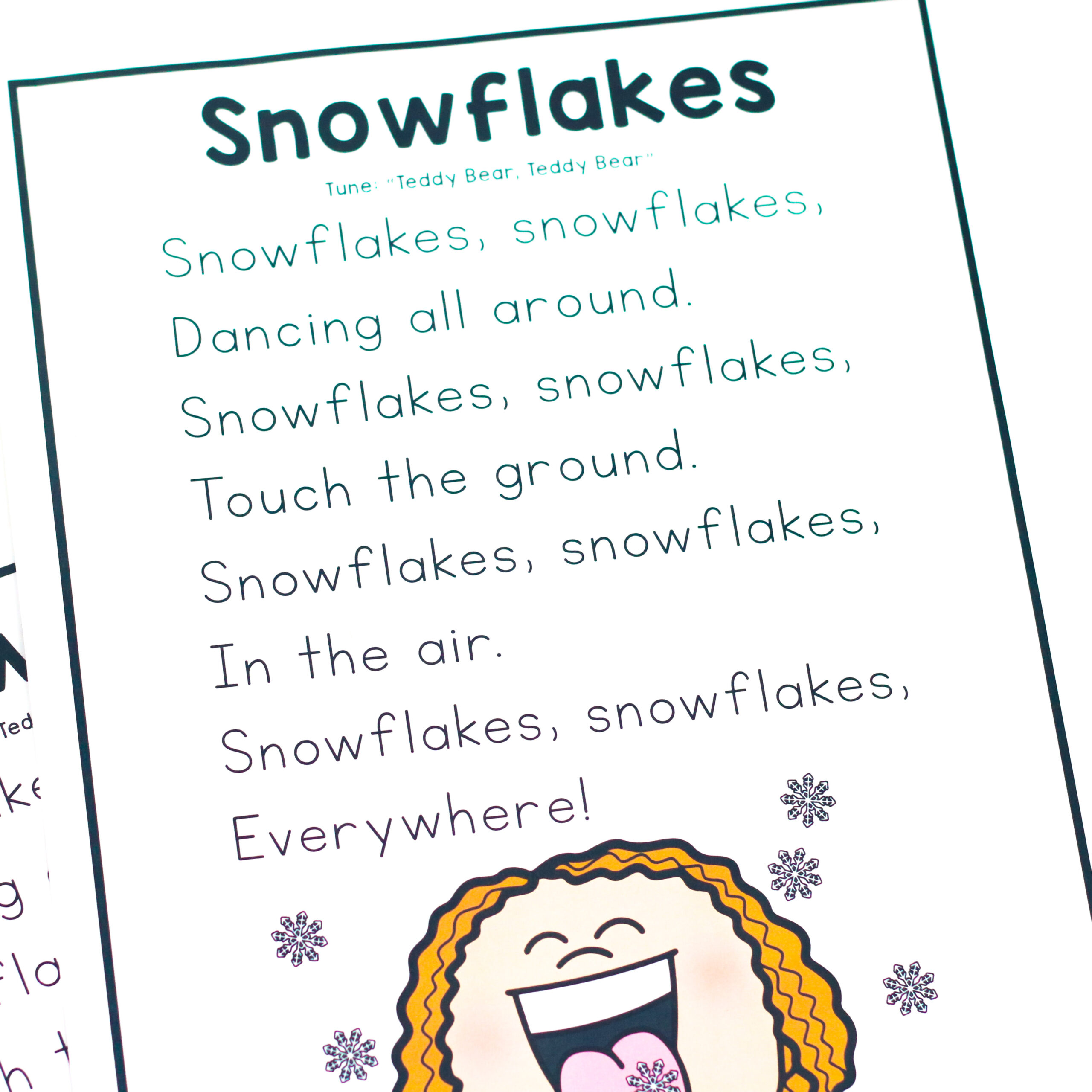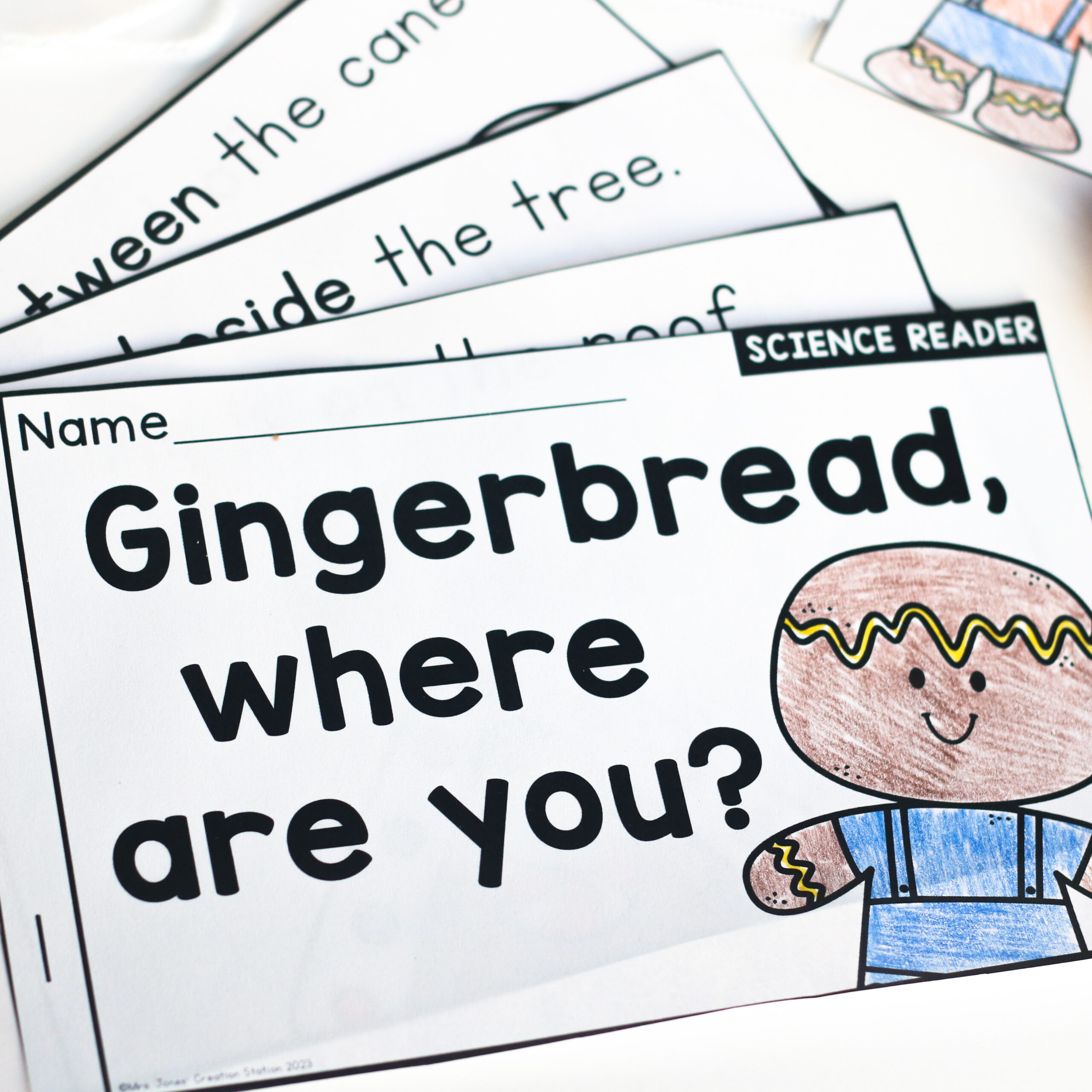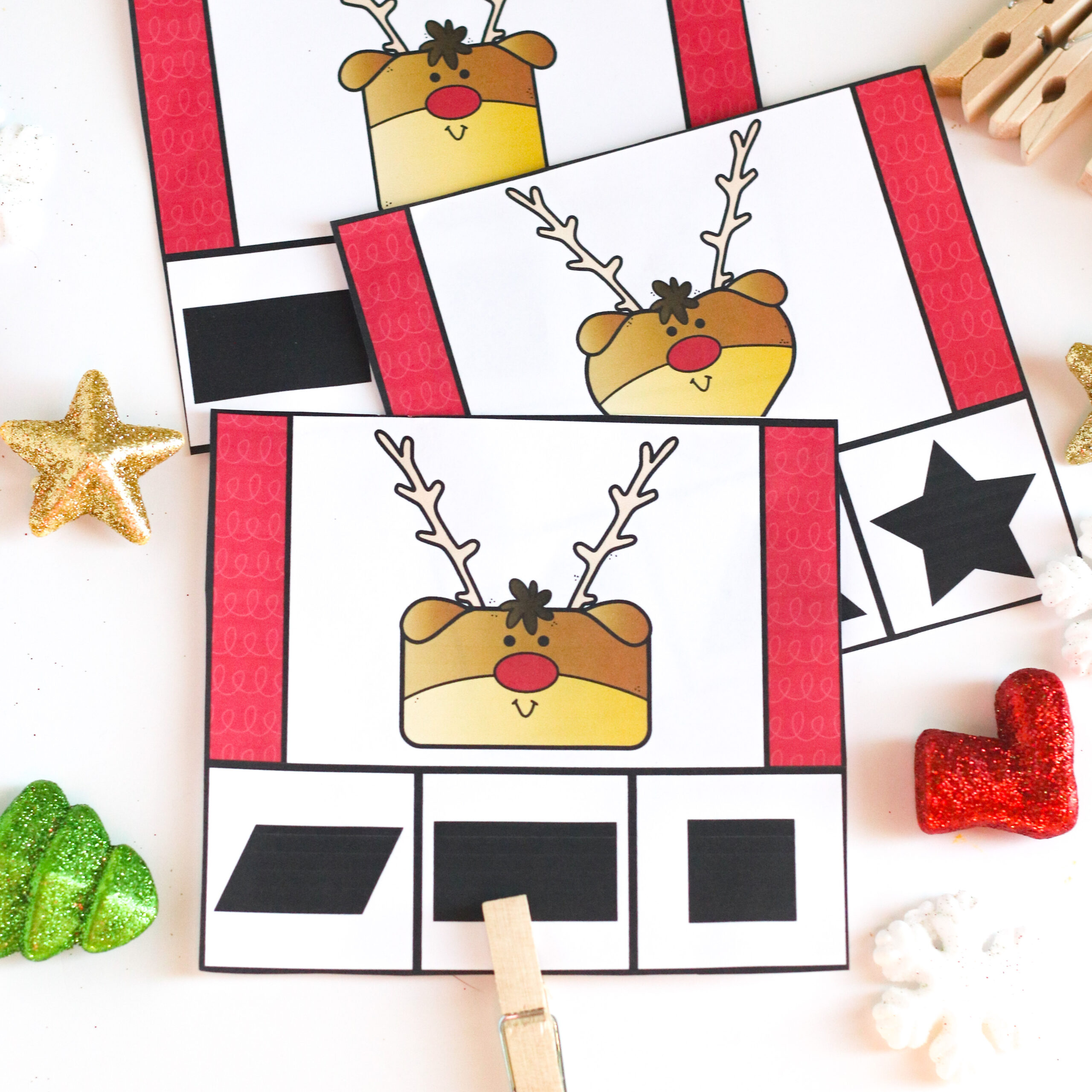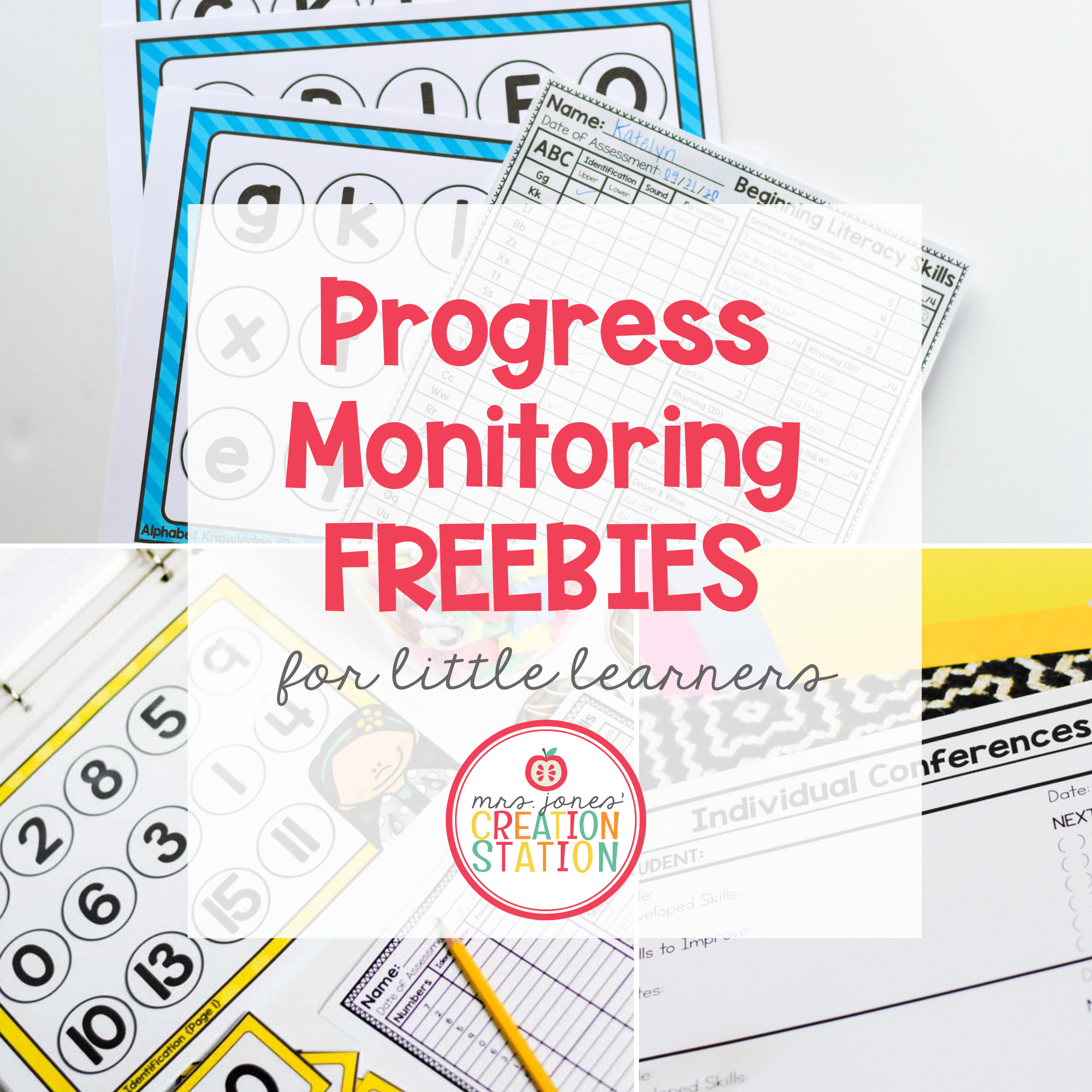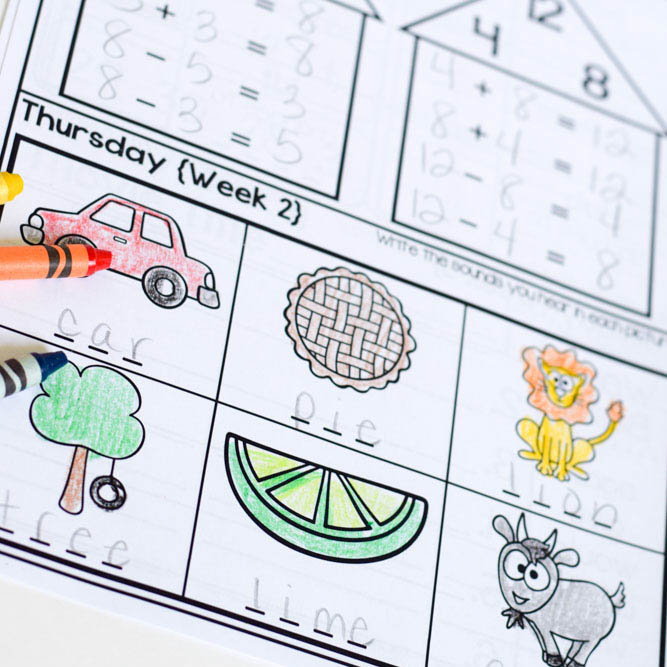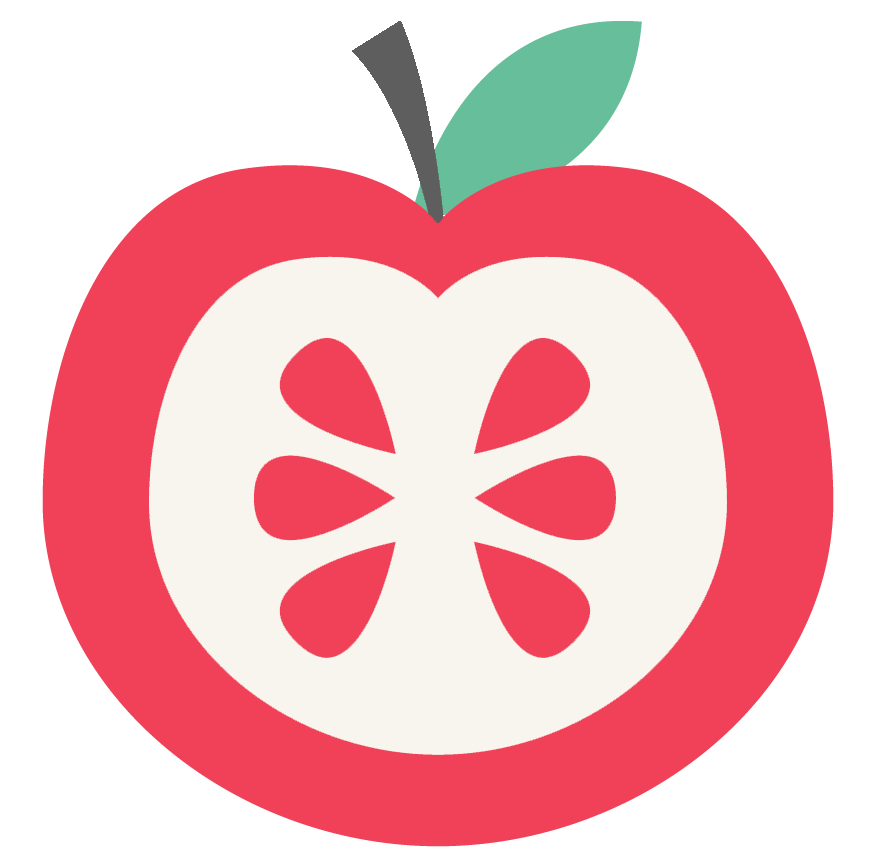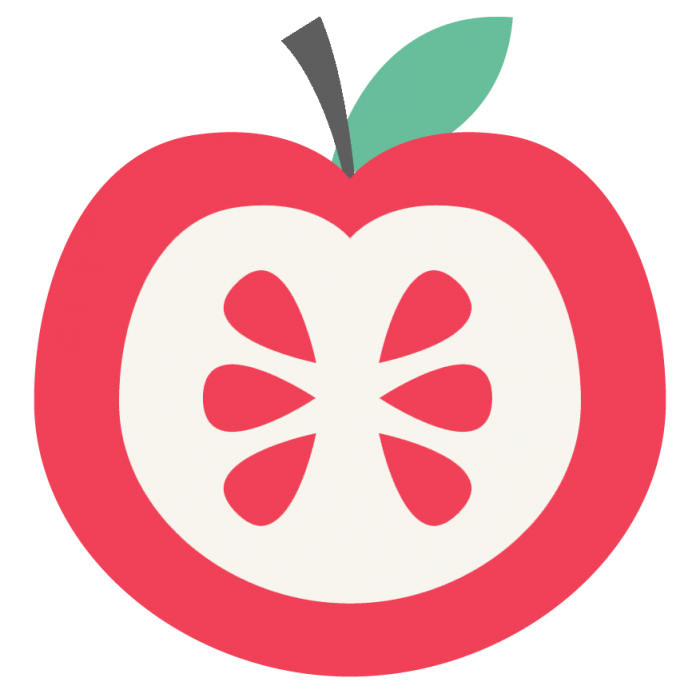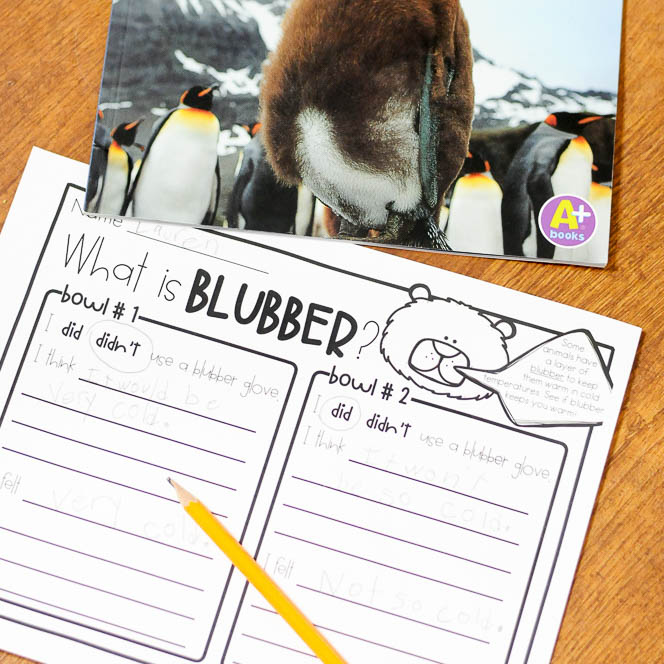Questions! Oh, the questions! If you’ve ever sat in a kindergarten or first-grade class, you know that you have a full day of questions. Especially if you introduce a topic they are unfamiliar about. My little learners ask so many great questions during our polar animal unit. This polar science experiment is a great way to answer a lot of questions!
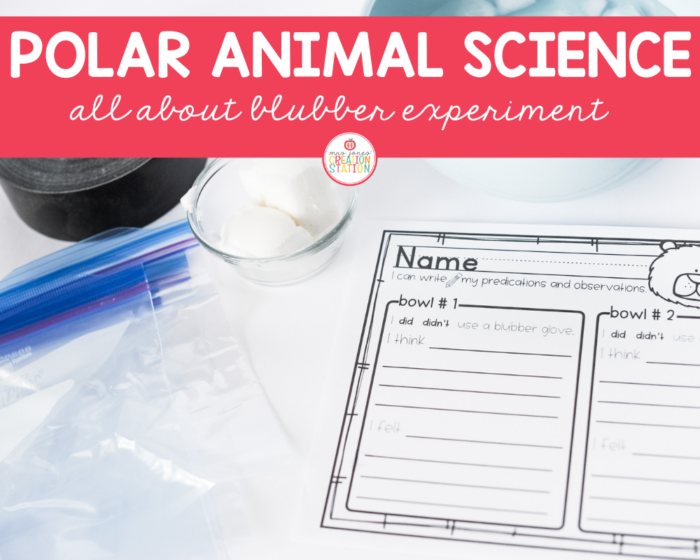
And it’s perfectly normal for their little minds to be so curious. It would worry me a little if a day went by without multiple questions being asked. In fact, the number of questions increases greatly when we are learning about things the students have never seen or experienced.
Curious Minds Want to Know
The best way to help those curious minds is to experience something first hand. Sounds easy, right? Field trips are excellent activities, but what if you can’t…let’s say….go to the Arctic? That’s just a little too far for a day trip!
So if you can’t take your kids to experience the Arctic, what’s the next best thing? Bring the Arctic to them!
My winter units are a perfect way to engage my learners after a long holiday break. They’re tired. They want to be home doing anything other than school. It’s my job to bring in my best activities to get them back into learning mode. And who doesn’t love arctic animals?
First, I begin with a huge collection of polar animal books in my library. I make a point to read one book a day from my stash – a mixture of fiction and nonfiction just to keep it interesting!
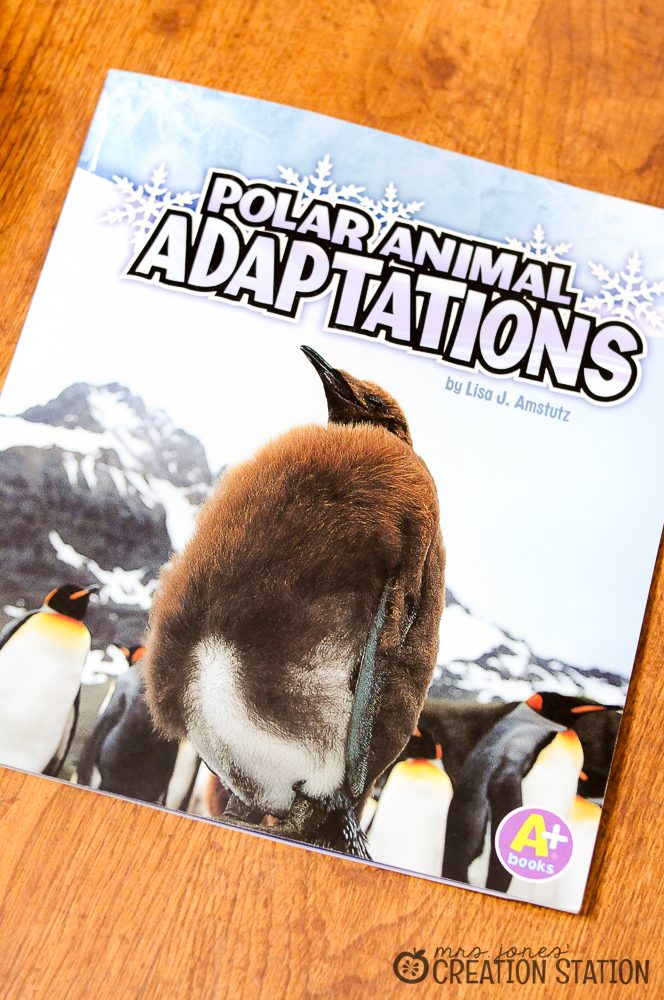
Next, we go into lots of discussion about what types of animals live in the Arctic and Antarctic. (Did you know there was a difference? I didn’t until I started teaching! First-year teachers, BEWARE! There is a difference!) This is even a great time to pull out our Habitat lapbook!
Now, here is where the fun begins! Just a few simple supplies are all you need to create an engaging experiment that your students will love!
Supplies:
- Crisco
- Ziplock bags
- 2 bowls
- ice
- water
- duct tape
- observation sheet (download below!)
What’s the BIG Deal About Blubber?
As humans, we’ll never know what it’s like to have a layer of blubber to keep us warm in harsh weather conditions. But we can create fun experiments that might give them an idea!
Before the start of the experiment, fill two bowls with ice water.
Next, put about a cup of crisco in one quart size ziplock bag.
Then, place another ziplock bag inside the crisco filled bag (this will create a pocket for your students’ hands)
After that, add a piece of duct tape along the top of the bag on both sides and fold the tape over to secure both bags in place.
Next, put another ziplock bag on the other hand.
Here is where the excitement begins! At the same time, place both hands into each bowl. Let your students take some time to see and feel the difference in each hand. Give your students the opportunity to explain their findings while both hands are in the ice water.
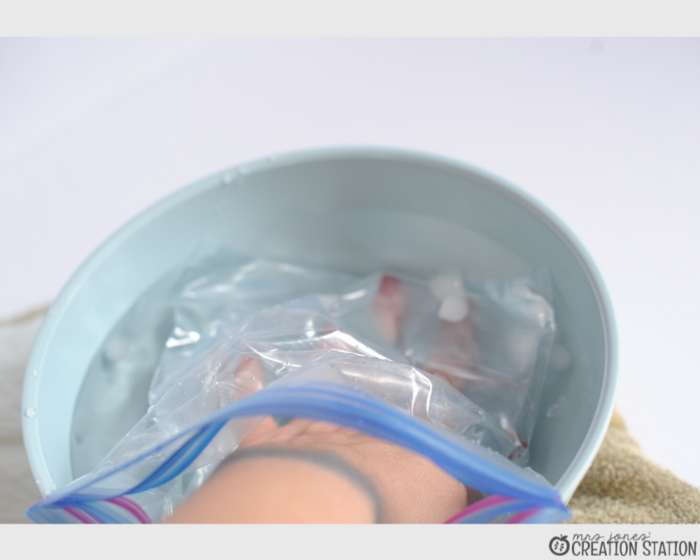
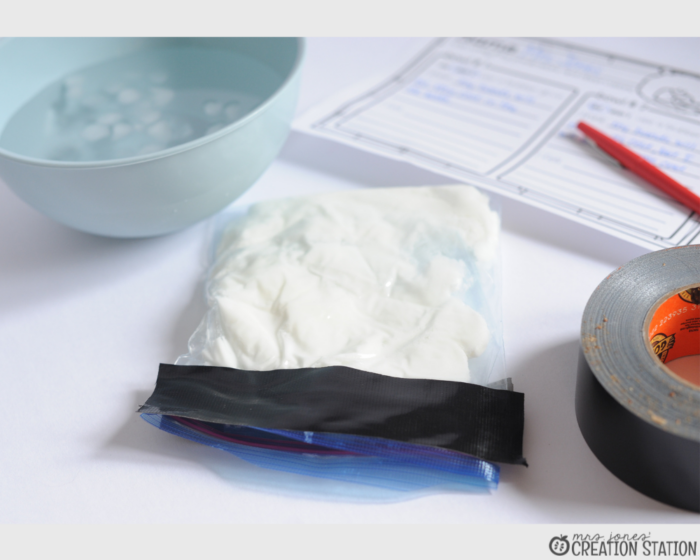
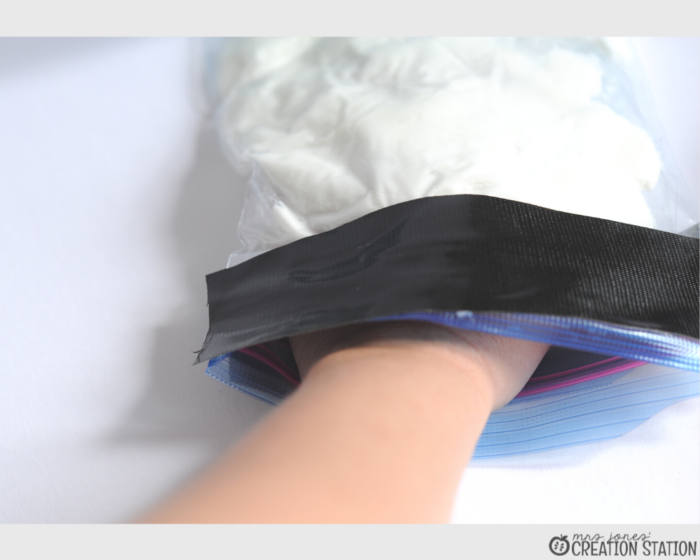 Finally, add this experiment page to your science journal and give students time to write down their findings.
Finally, add this experiment page to your science journal and give students time to write down their findings.
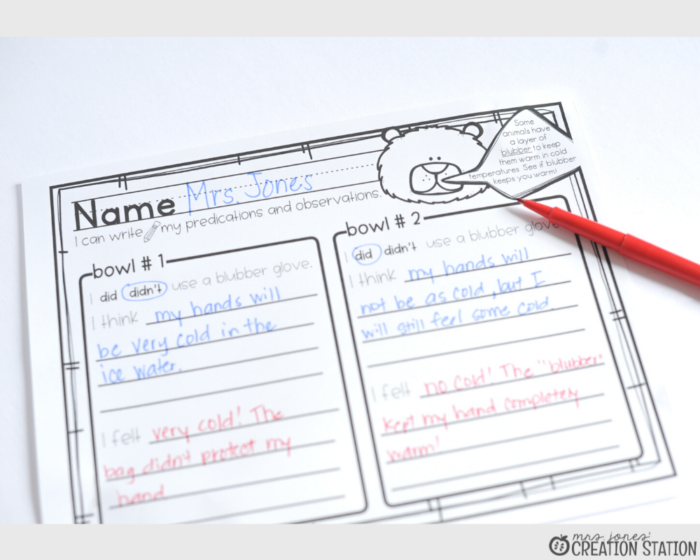 Although we will never have our own layer of blubber, we can always use fun, creative ways to experience what we can’t see or feel!
Although we will never have our own layer of blubber, we can always use fun, creative ways to experience what we can’t see or feel!
To grab this FREE science observation sheet, click on the link below!
Check out these winter-themed activities to add to your Winter Unit.